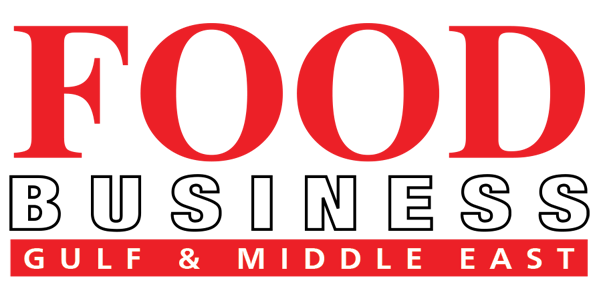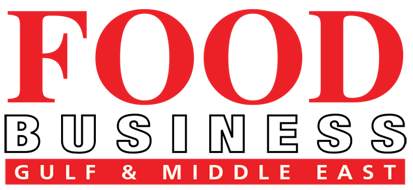The increasing global demand for authentic food has heightened the need for advanced testing technologies to verify its purity and prevent adulteration. These innovations have been pivotal in the development of high-quality honey that promotes sustainability and strengthens global food security. The demand for reliable testing methods has led to significant advancements in food technology, particularly through the integration of artificial intelligence (AI) and DNA analysis. Consumers are prioritising authenticity over origin, underscoring the importance of rigorous quality assessment. In response, the UAE and Estonia have emerged as leaders in honey testing innovation, employing advanced technologies to enhance food safety, ensure product integrity, and uphold the highest industry standards.
The UAE: Home to the Region’s First Smart Honey Testing Laboratory
As part of its ongoing efforts to develop innovative technological solutions across various sectors, the UAE recently launched the region’s first smart honey testing laboratory. This state-of-the-art facility employs artificial intelligence to analyse and examine honey components with high precision, using advanced tools to measure moisture levels, glucose content, sugar ratios, and other elements that may affect honey quality.
Using modern sensors, the smart laboratory identifies the chemical properties of honey, including its moisture content, which directly influences its flavour and nutritional value. Thanks to this technology, honey testing can now be conducted faster and more accurately than traditional methods, ensuring the delivery of a high-quality product that meets the expectations of both producers and consumers.
The laboratory aims to verify the purity of honey produced in the UAE, certifying that it is free from contaminants or artificial additives. Beyond enhancing the UAE’s self-sufficiency in honey production, this initiative bolsters the reputation of Emirati honey and expands its export potential to international markets. Improved honey quality also positively impacts public health by providing a natural, additive-free product.
Currently, the laboratory is equipped with more than 20 devices featuring some of the world’s most advanced technologies. These devices operate through sophisticated software that enables high-quality, precise testing in record time compared to conventional methods. These capabilities position the laboratory as a comprehensive, state-of-the-art facility that adheres to the highest global standards, further solidifying its leadership in this field.
Estonia: Pioneering DNA Honey Testing Technology
In Estonia, honey testing using the most up-to-date DNA technology represents one of the latest innovations in the field. This method allows scientists to analyse the genetic composition of honey, facilitating accurate determination of its authenticity. It is considered one of the most effective ways to ensure honey quality and prevent tampering.
Estonia’s Celvia CC company is a pioneer in DNA sequencing technologies used to identify the plant species contributing to honey production and verify its authenticity. This technology also detects pathogens and prevents fraud by identifying unnatural additives or foreign substances that could compromise product quality. The analysis is applied to both local and imported honey, reinforcing Estonia’s reputation as a leader in food safety and scientific research.
Dr Kaarel Krjutskov, the Head of Celvia laboratory, explained that honey’s DNA profile tells us the story about its composition, honeybee wellbeing, pathogens and authenticity. “DNA analysis is a golden standard in medicine and forensics. We see the same perspective in the field of food testing and safety,” said Krjutskov.
This unique approach comprehensively analyses honey components, including the plants providing pollen and nectar, and detects pathogens and parasites. DNA analysis has enabled the identification of 20 different pathogens and aids in combating fraud by assessing DNA quantity and quality against an extensive database. It also helps determine honey quality and geographical origin based on its genetic footprint, allowing for the detection of DNA traces from a vast number of species and offering a broader perspective compared to other methods. This results in unprecedented accuracy in honey analysis and the provision of safe, healthy food products for consumers.
Emirati-Estonian Collaboration: Advancing Honey Testing Innovation
The collaboration between the UAE and Estonia in honey testing technologies presents a promising opportunity to further develop this vital industry. Both countries share a vision of leveraging advanced technologies to improve food production quality and ensure its safety. This joint effort enhances their capacity to produce and export organic, pure products free from tampering or fraud, ultimately building greater trust in their domestic and international markets.
By exchanging expertise and developing joint technological solutions, the UAE and Estonia can advance honey testing mechanisms and expand the application of modern food testing technologies. The integration of DNA testing with advanced AI technologies, as utilised in the UAE’s smart honey laboratory, is anticipated to enhance transparency and quality across the industry.
H.E.Piret Hartman, Minister of Regional Affairs and Agriculture of the Republic of Estonia, stated: “The fight against food fraud is a global challenge and ensuring the authenticity of honey is a global priority, and Estonia is committed to leading the way with cutting-edge DNA honey testing technology. Our pioneering DNA honey testing technology is a game-changer, offering an unparalleled level of accuracy in detecting fraud and safeguarding quality. We are committed to securing accreditation for this breakthrough, enabling it to play a vital role in cleaning up the international market from counterfeit products. A transparent and trustworthy honey industry will not only benefit consumers worldwide but also create significant opportunities for Estonian beekeepers, as the demand for genuine honey far exceeds production in most countries.”
Additionally, this collaboration supports the production of more sustainable and environmentally friendly food products while showcasing Emirati and Estonian honey varieties as premium global offerings. Such efforts enhance the countries leadership in food innovation on a global scale.
Conclusion
The integration of AI and DNA-based testing technologies is transforming food authentication, ensuring unparalleled precision, efficiency, and reliability. The UAE and Estonia’s leadership in honey testing highlights their commitment to innovation and quality, solidifying consumer trust by offering organic, pure honey products. As these technologies evolve, they will continue to shape the future of food safety, setting new benchmarks for transparency and safety in global markets.


























